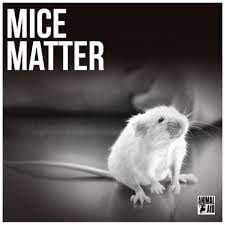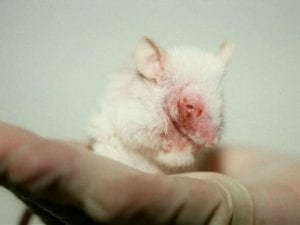
Most kids want mice as pets or laboratories use these cute little fellas to experiment on but whatever it is mice are drastically dying.
Pet Stores
Pet stores mostly care about money and make these very crappy cages, food products, treat’s, etc. When it comes to pet stores selling mice they usually don’t give the mice the best care and healthy food. Sometimes pet stores house males with other males but males kill each other and try to harm each other.
Laboratories
Labs kill 100 million mice and rats just for the sake of science. They are abused in ways such as toxicology which they are slowly poisoned, burned, and undergo psychological experiments that give these furry animals trauma, stress and terror. All of these experiments and deaths are only in the U.S so imagine how many more mice are dying in other countries.
You
You can be the factor of your mice’s abuse. You might not realize but if you pick your mouse up by its tail, scream at your mouse, give your mouse a small cage, or forget to feed your mouse then it can be abuse. These are all neglectful acts and will fall under the category abuse. So do your research and find out what is best for a mouse.
Kaytee
Kaytee is a small animal company that sucks. Their food is not nutritious, their cages are too small. That is not the worst they do though. Kaytee has a history and still does have breeding centers where they breed their animals including mice. Their breeding centers are horrible. They put 20 mice in little cardboard boxes with only mice and usually leave them there until they get fed. Most times though they forget to feed them so the mice have to eat each other and it’s just horrible. My mouse was once in a Kaytee breeding center and she still has trauma from those times. For example, she is in a better home, she loves me but she does not let anyone touch her.

History of a Fancy Mouse
Everything has a start so what was the start of fancy mice? Fancy mice originated in China, Japan, and Europe. They all started breeding mice as pets in the 1700’s. Which lead to the creation of mouse abuse and lead to laboratories. They created laboratories because they found out mice are analogous, which means they found out they can use mice to make nature more clear to them. But, this lead to more and more people using mice for the purpose of torture and dumb experiments.
Buying Mice Without Your Parents Permission
This is a serious problem that happens more frequently than you might think. When you buy a mouse without permission from a parent or a guardian’s permission in most cases you have to get rid of it. So people try to return but most pet stores don’t take returns. So when push comes to shove they have to release these guys into the wild. This is a big fat no no. Do not release fancy mice {fancy mice are pet mice} in the old world because they don’t know how to survive in the wild. They are pet mice. They don’t know how to survive like natural mice. When you release a pet mouse in the wild it’s their death sentence.

You are Holding Your Mouse Wrong
Most people hold their pet mice wrong. I already mentioned this briefly but you can’t be holding your mouse by the tail. This is a big fat no no because this puts a ton of stress on your mouse and has the potential risk of tearing their skin and tail. So that begs the question, “how to hold a mouse the proper way.” So first you want to hold out your hand and your mouse might already go on your hand. If your mice are not comfortable, you can put treats on your hand and your mice might go on your hand. If this does not work and you need your mouse on your hand you can gently guide your mouse with your other hand.
Take Action
Educate yourself further on the topic of mouse abuse and take action! Educate others around you. Tell people what’s wrong and what they’re doing wrong. So take the action further. You can support PETA or other large corporations to fight mice abuse!
Credits
I will like to give credits to google pictures
And PETA for pictures
And the Smithsonian magazine
